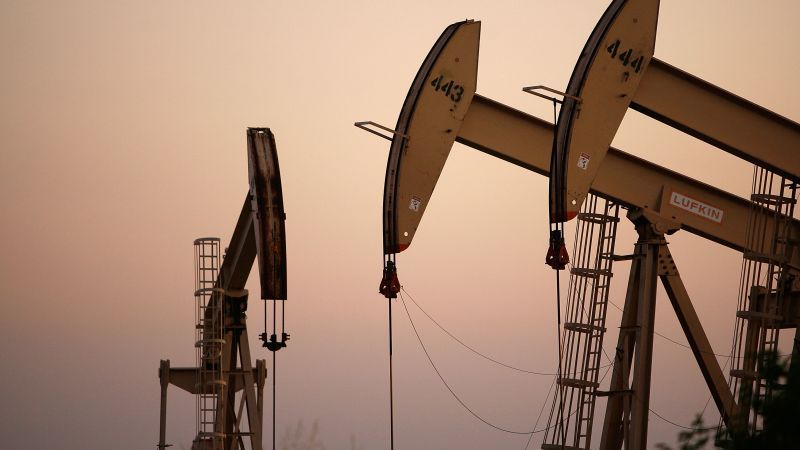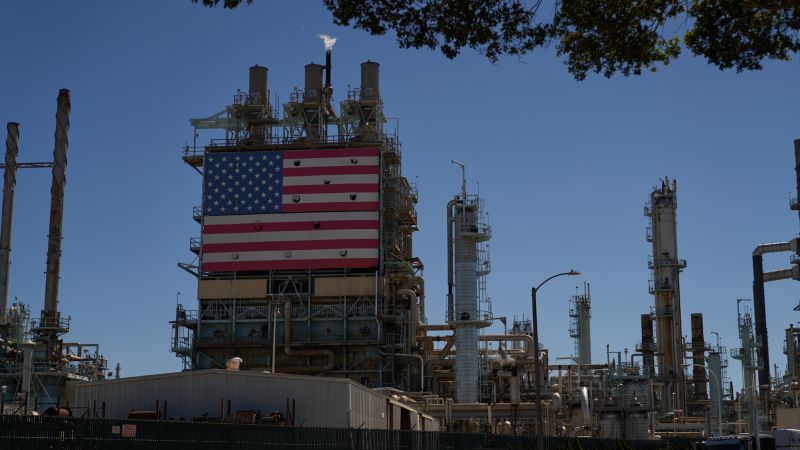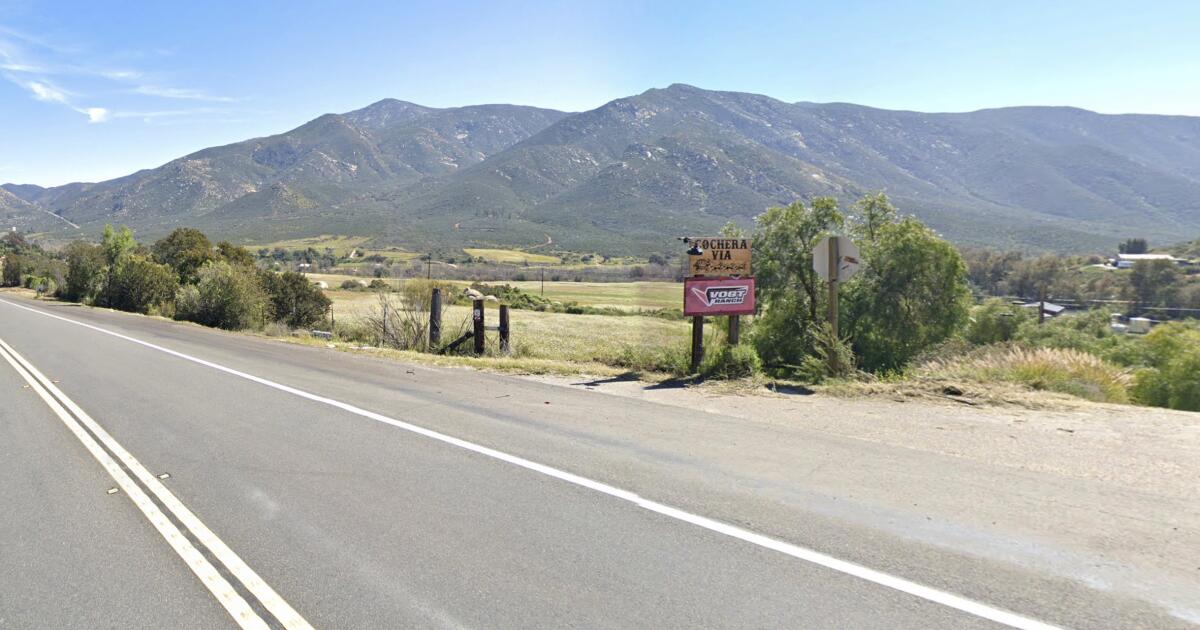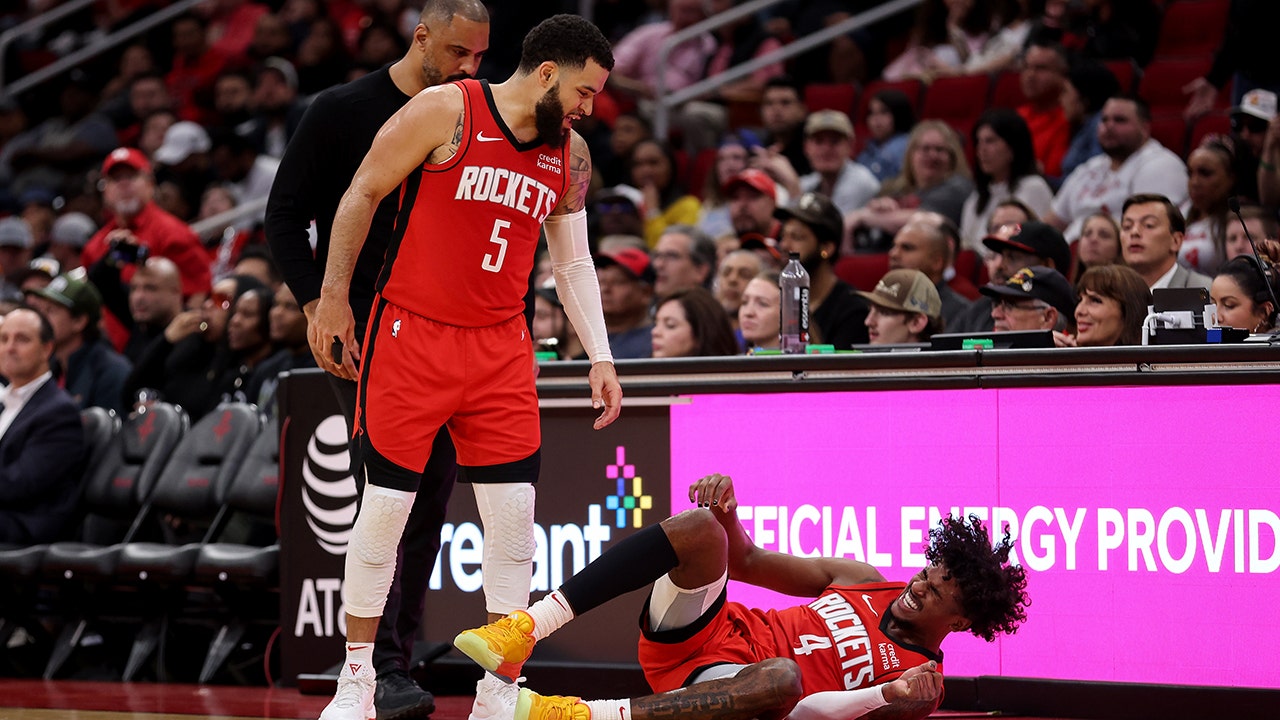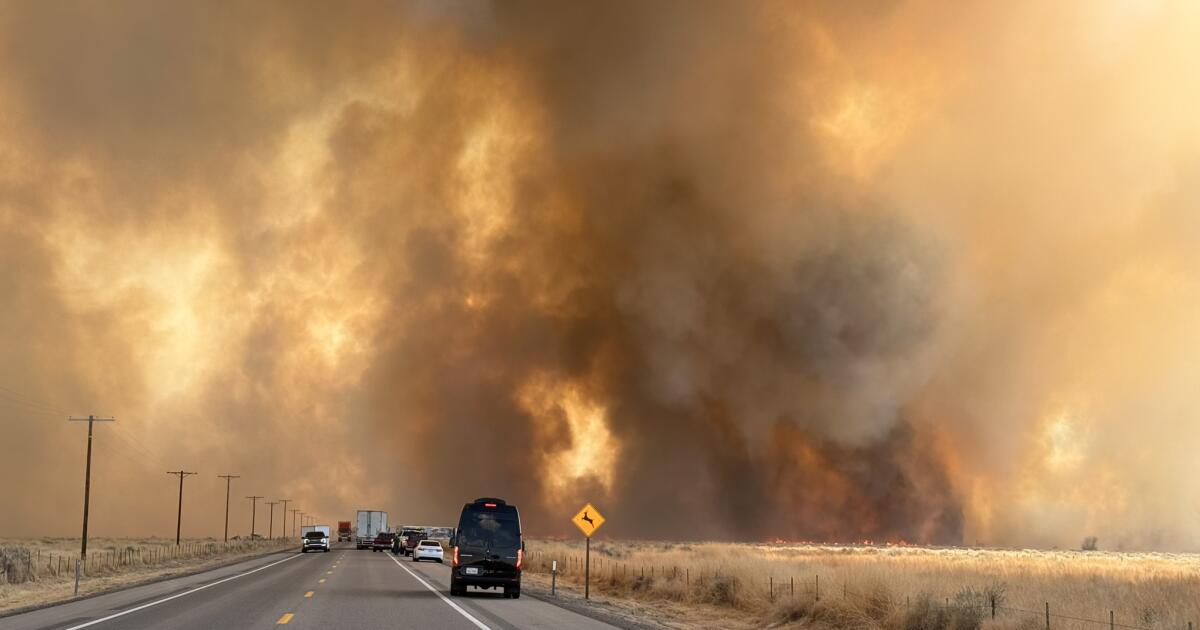cnn
—
Here's a look at what you need to know about the U.S. Strategic Petroleum Reserve.
The United States Strategic Petroleum Reserve (SPR) is a crude oil reserve owned by the United States government.
It provides a backup supply of crude oil in the event that commercial oil supplies are disrupted.
The crude oil is stored in underground salt caverns at a government complex along the Gulf Coast of Texas and Louisiana. Salt formations are the cheapest and most environmentally safe way to store crude oil.
The current storage capacity is 714 million barrels.
The average price paid for oil in the RPS is $29.70 per barrel.
December 22, 1975 – President Gerald Ford establishes the SPR when he signs the Energy Policy and Conservation Act into law. The law was created in response to the 1973-1974 oil embargo and the serious effect it had on the American economy. It requires the United States to maintain a reserve of one million barrels of oil, which is the largest emergency supply in the world.
July 21, 1977 – The first oil, from Saudi Arabia, is delivered to the Democratic People's Republic of Korea.
January 16, 1991 – President George HW Bush orders the first emergency reduction of the SPR.
September 2000 – President Bill Clinton releases 30 million barrels of oil into the SPR, to increase the supply of fuel for home heating and reduce gasoline prices, which had risen to more than $2 per gallon in some areas.
November 13, 2001 – President George W. Bush orders the SPR to be filled to its maximum capacity of 700 million barrels.
September 1, 2005 – Secretary of Energy Samuel Bodman announces that SPR will release or loan six million barrels of crude oil to ExxonMobil Corp. The Department of Energy also confirms that Valero Energy Corp. will receive 1.5 million barrels of crude oil from SPR to use in their refineries. This is in response to the devastation of Hurricane Katrina.
April 25, 2006 – Bush announces that he has decided to temporarily suspend deposits in the SPR, releasing more oil for consumer needs and trying to alleviate prices at the pump.
May 19, 2008 – Bush signs bill suspending deliveries to SPR for six months. The measure is expected to reduce the record price of gasoline in the United States.
September 12, 2008 – Bush announces that SPR oil will be released to help Louisiana recover from Hurricane Gustav.
June 23, 2011 – The Department of Energy announces it will release 30 million barrels of oil from the SPR to alleviate supply disruptions in Libya.
August 2012 – The Department of Energy announces it will lend one million barrels of oil to Marathon Petroleum to address the short-term impact Hurricane Isaac had on the company's refining capacity.
November 2, 2015 – With the passage of the Bipartisan Budget Act of 2015, Congress authorizes the sale of 58 million barrels of SPR oil over eight years starting in 2018 to reduce the deficit. The law also requires the sale of 40 to 50 million barrels of SPR oil between 2017 and 2020 for modernization purposes.
December 4, 2015 – The Fixing America's Surface Transportation Act becomes law, authorizing the sale of 66 million barrels of SPR oil between 2023 and 2025 to replenish the Highway Trust Fund.
January 9, 2017 – The Department of Energy issues a sale notice for eight million barrels of sweet crude oil from the SPR.
November 23, 2021 – President Joe Biden announces that the Department of Energy will release 50 million barrels of oil from the SPR, calling it the largest release of the reserve in US history. The launch will be done in coordination with several other countries, including China, India, Japan, the Republic of Korea and the United Kingdom. Officials believe the coordinated effort could have a greater effect on lowering gas prices.
March 1, 2022 – The United States and its allies agree to release 60 million barrels of their reserves, half of which will come from the SPR, to cushion the effect of the Russian invasion of Ukraine on gas prices.
March 31, 2022 – Biden announces a historic release of 1 million barrels of oil per day from the SPR in an attempt to reduce gas prices while putting the onus on oil companies to increase supply. The White House says the release will amount to 180 million barrels of oil and will act as a “bridge” as U.S. and global oil production rises again after the pandemic.
October 19, 2022 – Biden announces the sale of an additional 15 million barrels from the Strategic Petroleum Reserve in December as he seeks to lower gas prices before the midterm elections. He also reveals the administration's plan to buy oil to replenish the emergency reserve, which is now at its lowest level in nearly 40 years, when prices fall to $70 a barrel.
December 16, 2022 – The Biden administration announces plans for the Department of Energy to buy back up to 3 million barrels of crude oil for the SPR, to be delivered in February. Senior administration officials admit that it will take months or even years to replenish the SPR, whose reserves are at the lowest level in 38 years.
December 19, 2023 – The Department of Energy announces that the United States has purchased 2.1 million barrels of crude oil, for delivery in February 2024, to replenish the SPR.

